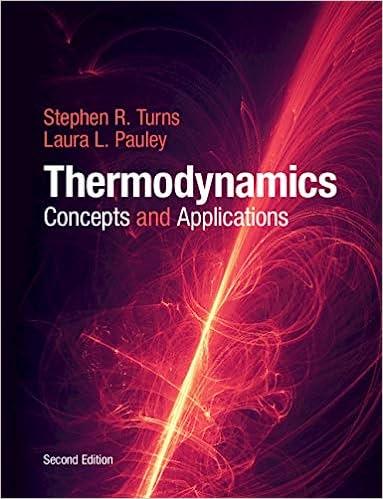Answered step by step
Verified Expert Solution
Question
1 Approved Answer
Part B (Acid-Base Reactions) This experiment is designed to measure the heat of reaction when one mole of salt is formed by the reaction: HA(aq)
Part B (Acid-Base Reactions) This experiment is designed to measure the heat of reaction when one mole of salt is formed by the reaction: HA(aq) + NaOH(aq) NaA(aq) + HO(1) + heat A strong acid (HCI) will be used in the first trial, and a weak acid (acetic acid, HCH302) in the second trial. Each acid will be mixed with sodium hydroxide (NaOH) solution in a calorimeter, and the temperature rise noted. Eqn 1 may be used to calculate the heat of reaction (qrxn) for the salt amount produced in the experiment. To calculate the heat released when one mole of salt is formed, the stoichiometry of the reaction must be used to determine the moles of salt produced (n) in the actual experiment. Then, the heat of reaction is divided by the moles of salt to express the quantity in standard units of Joules per mole: Heat of Reaction in J/mol = qrxn/n (Eqn 3) Again, the standard enthalpy of reaction (AHrxn) in J/mol should be equal to the standard heat of reaction because pressure is kept constant during the reactio
Step by Step Solution
There are 3 Steps involved in it
Step: 1

Get Instant Access to Expert-Tailored Solutions
See step-by-step solutions with expert insights and AI powered tools for academic success
Step: 2

Step: 3

Ace Your Homework with AI
Get the answers you need in no time with our AI-driven, step-by-step assistance
Get Started


